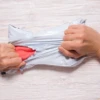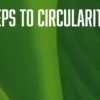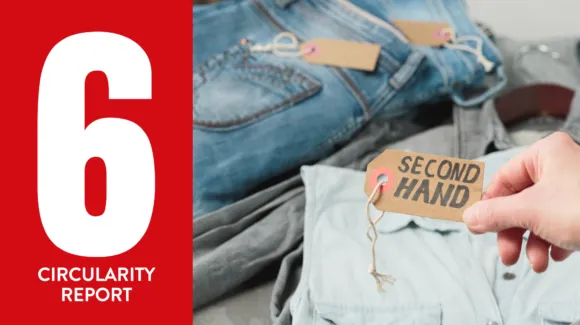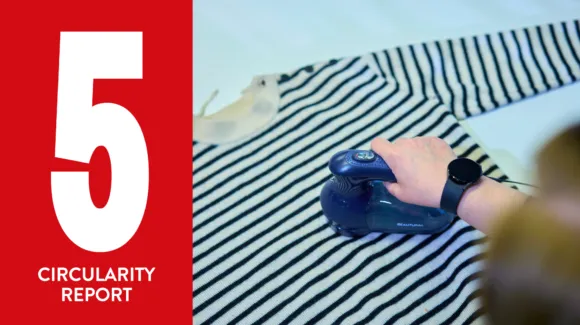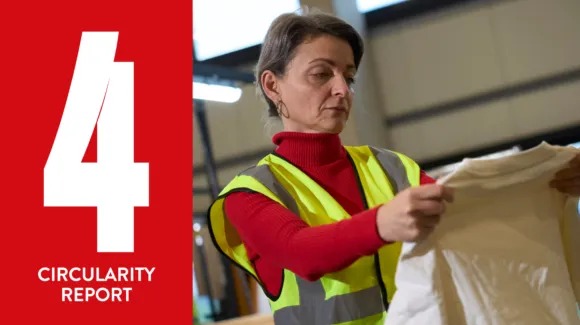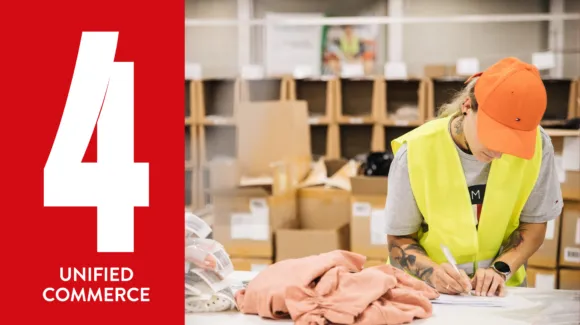The fashion industry is entering a new phase, one in which regulation is playing an increasingly important role in brands’ strategies. However, this shift isn’t being driven by legislators alone, especially when it comes to circularity. It’s underpinned by the fact that many stakeholders in the fashion ecosystem – including companies, customers and legislators – have a role to play in influencing each other to adopt more circular practices. We believe that understanding this ‘ecosystem perspective’ is key to improving collaboration and driving progress to create a more future-proof industry.
A rising need for circular legislation
It’s becoming increasingly clear that the sustainability of the fashion industry is a key concern shared by customers, legislators and fashion brands themselves.
- Around two-thirds of fashion consumers consider sustainable materials and a brand’s promotion of sustainability to be important factors in their purchasing decisions. i
- The EU has already embraced circularity as one of the main building blocks of the European Green Deal.ii
- In the fashion industry, key players have begun to provide circularity-focused services to their customers, such as Zara’s repair, resale and donation services in the US.iii
However, the consensus is that fashion brands are still lagging behind the demands and expectations of consumers and legislators.iv It’s still a wasteful industry: in the EU, about 12 kg of textile waste is generated per person per year, and only 22% of textile waste is collected for reuse or recycling.v Globally, the figures are even worse: only 1% of the raw materials used in clothing production are currently recycled into new clothing.vi
Regulators are taking notice, with the EU ‘leading the charge
The EU’s vision for the textile industry has been set out in the Circular Economy Action Plan (CEAP)viii and Strategy for Sustainable and Circular Textiles. The aim of this strategy is to establish standardised rules and guidelines on product design, end-of-life management and other topics to facilitate the transition to more sustainable practices.
One example is Extended Producer Responsibility (EPR) for textiles, which is already in force in the Netherlands. It requires that by 2025, 50% of garments being sold be ‘prepared for reuse or recycling’.ix EPR is expected to be extended across the EU in the coming years if the proposed amendments to the Waste Framework Directive are adopted.x
Another example is the Ecodesign for Sustainable Products Regulation (ESPR), which sets minimum design standards for recyclability, durability, reusability and repairability for all individual products sold within the EU. It will also require products to carry a Digital Product Passport (DPP), making it easier for customers, resellers and recyclers to access information on sustainability, repairability and material composition, among other topics.
Finally, the ESPR introduces a ban on the destruction of unsold textiles and footwear. For many brands, these regulations will require a radical rethink of their sourcing, manufacturing and end-of-life processes. Of course, in Europe it’s not just about what the EU says but also what individual countries are doing:
- In Belgium, CircleTex is a cross-sector, not-for-profit initiative that aims to set up a national collection system to facilitate textile circularity.xi Major brands, such as JBC, have already signed up, paving the way for wider adoption.xii
- In France, accredited ‘producer responsibility organisations’ (PROs) such as ReFashion have been set up to help producers take responsibility for the end-of-life stage of their products.xiii
- The Dutch National Circular Economy Programme 2023-30 aims to increase high-grade recycling capabilities.xiv
The data indicates that innovative industry solutions like these are indeed having a positive impact on the wider adoption of these measures within their respective countries. This trio of countries is currently leading the way in terms of circularity: a 2022 Eurostat study found that the circularity rate – the proportion of material resources used that comes from recycled waste – was highest in the Netherlands (27.5%), followed by Belgium (22.2%) and France (19.3%).xv These examples demonstrate that, for a circular fashion economy to thrive, there needs to be a concerted, collaborative effort between companies and legislators to drive change.
Recycling isn’t the end of the story, either.
That’s because simply increasing the recycling rate doesn’t address one of the core principles of circularity: keeping products and materials in use. To achieve this, it’s necessary to implement effective solutions to minimise the need to discard clothing in the first place.
This is the rationale behind the EU’s Right to Repair (R2R) Directive, xvi under which extending the life of products by facilitating access to repair services is set to become the new normal for many brands. The legislation aims to make repair services more accessible, transparent and attractive – encouraging consumers to prioritise repair over replacement for damaged or defective goods.
The Directive is currently focused on household appliances and electronic goods, and it is envisaged that fashion could be the next industry to be brought within its scope. Indeed, the EU’s Strategy for Sustainable and Circular Textiles aims for a shift to a climate-neutral circular economy – where products are designed to be more durable, reusable, repairable, recyclable and energy efficient.xvii
While the EU has been at the forefront of circularity legislation, other countries are following suit. In October 2024, the state of California – which, if it were a country, would be the world’s fifth-largest economy xviii – enacted the first apparel and textile recovery law in the US. The legislation, which will come into force on 1st July 2026, aims to shift the cost and responsibility of managing end-of-life products from taxpayers and local governments to the producers and sellers of those products.

